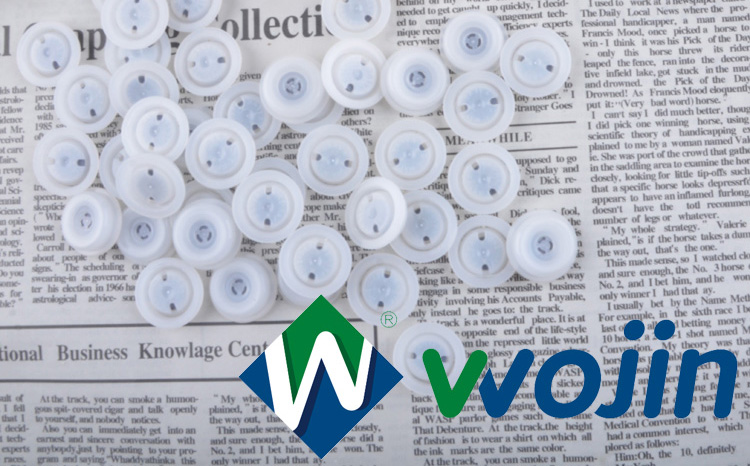
02 Jun 2018
The history of latte art: latte art has different developments in different countries. The pattern is made by combining the coffee fat and milk-foam according to the process of making espresso and milk-foam required for drawing. Probably the real cradle of coffee latte art is Italy. Between 1980 and 1990, latte art was developed in Seattle, USA, especially David Saumel who popularized the coffee latte art. In 1986, Saumel had confirmed the development of microbubble like velvet foam or milk texture to Jack Kelly who worked in a café name Uptown Espresso. Since 1989, latte coffee with heart pattern had become Saumel’s signature product at “Espresso Vivace”. In 1992, after seeing a photo of an Italian café named “CaféMateki”, Saumel created a rose pattern of latte art. Then Saumel popularized the coffee latte art in his training lessons.Meanwhile, the Italian Luigi Lupi contacted with Saumel on the internet and shared the video of making latte art and cappuccino decoration with him.
The technique of coffee latte art: the first thing to make coffee latte art is to make the espresso with coffee fat and milk bubbles and then combine these two thing to make latte art. Before adding milk, espresso must have enough coffee fat on the surface. When the white foam pours into the red brown coffee, the contrasting color presents the creative pattern. After the milk is poured, the foam separated from the liquid and rises to the surface. If the amount of milk and espresso is just right, as the milk tank moves left and right as it pours, the foam rises and forms a pattern on the surface. Sometimes, the pattern can be drawn by a drawing needle or stick on the foam, but not necessarily formed in the pouring process. There is a composite opinion in the coffee community that the barista pays too much attention to the pattern of the latte. The idea is that we focus too much on the external image of coffee rather than the fancy coffee itself such as taste. It is even more important to the novice barista.
Type of coffee latte art: at present, there are two types of latte art that are widely used –“free pouring” (the pattern is formed in the pouring process) and “carving” (painting on the foam after pouring the milk with a coffee broach). “Free pouring” is more widely used in American café and it requires a little more preparation time when making coffee.
“Pouring”: the most common pouring latte art patterns are heart, rose and fern leaf. Heart is easier to make, usually used to make macchiato. And rose is more complex, usually used to make latte. More complex patterns are also possible, with some falling over several times.
“Carving”: carved designs can range from simple geometric shapes to complex drawings. For example, a three-dimensional figure with shadow like animals, flowers and some patterns need to be fixed with a coffee blender. Textured coffee has a shorter lifespan than decaffeinated coffee because the foam breaks down faster.
If you want to learn how to make beautiful coffee blooms, one way degassing valve suggests that you can read the book –“the fashion drinks hall: fancy coffee latte art” or watch some coffee latte art video.

Originally published 02 Jun 2018, updated 02 Jun 2018.
Blog
ISO and BRC System Audits Conducted in December 2025
30 Dec 2025In December, WOJIN completed ISO and BRC audits, reviewing production, quality control, process and identifying areas for continuous improvement.
WOJIN 13th Anniversary Team Building Journey
25 Nov 2025To celebrate WOJIN 13th anniversary, we proudly held a two-day team building activity that effectively strengthened teamwork and brought new energy.
WOJIN held limited time product classification competition
04 Nov 2025WOJIN's product classification competition this month has added a timed challenge to test employees’ speed and accuracy.